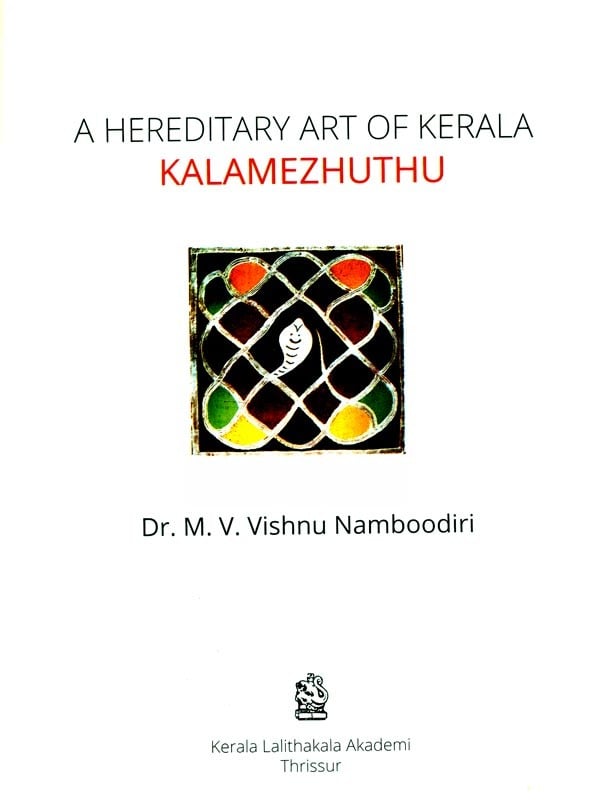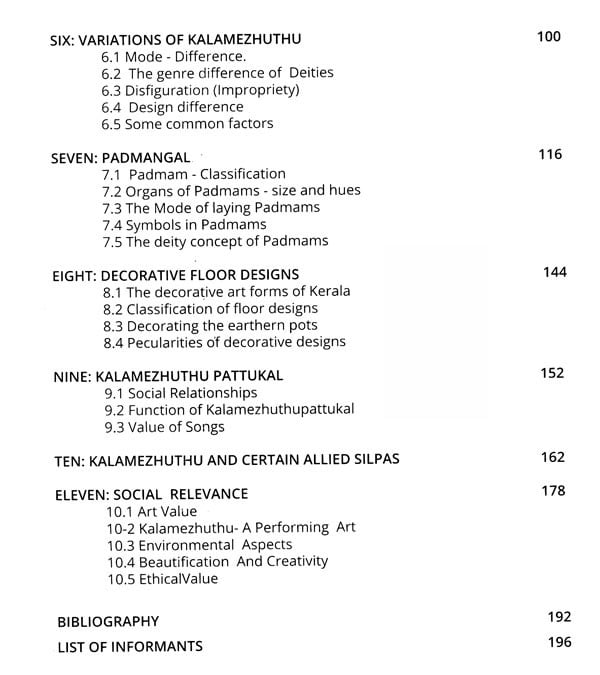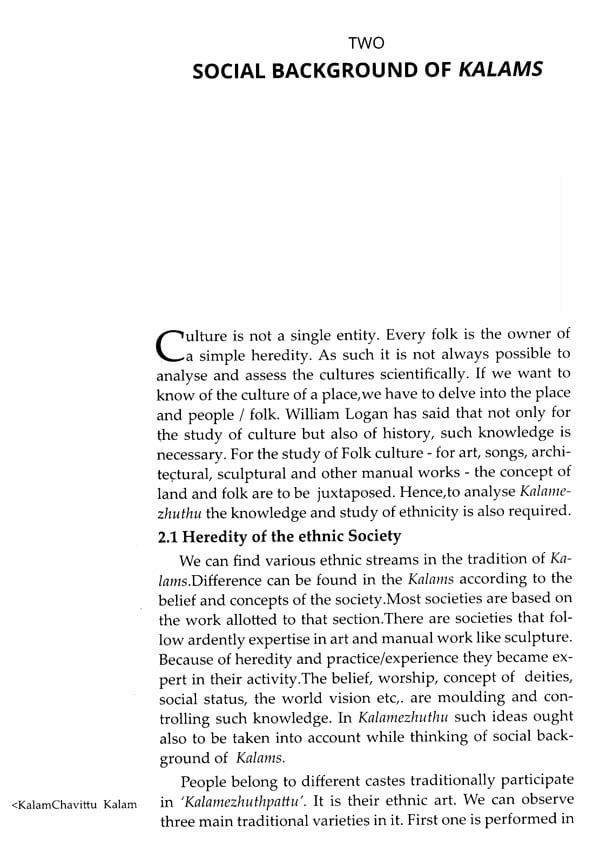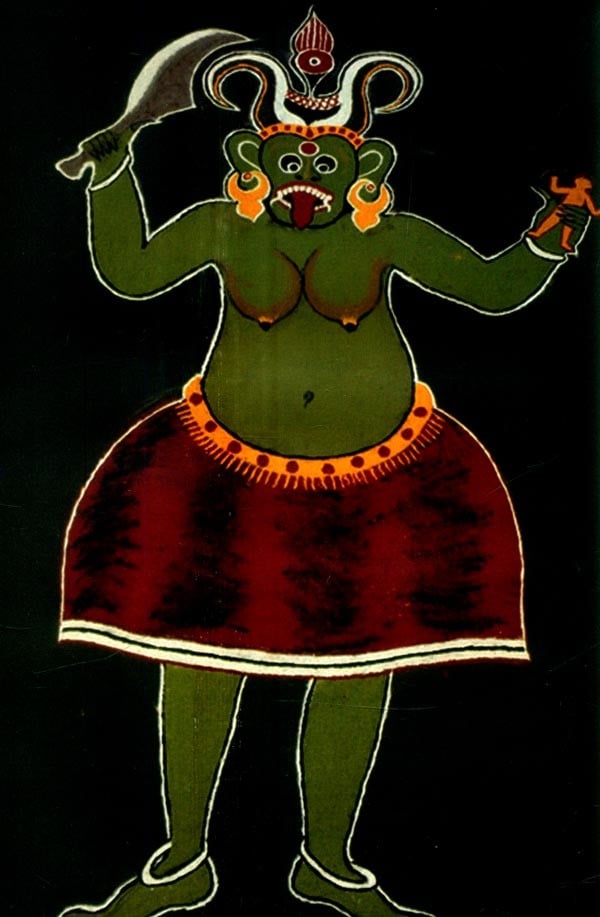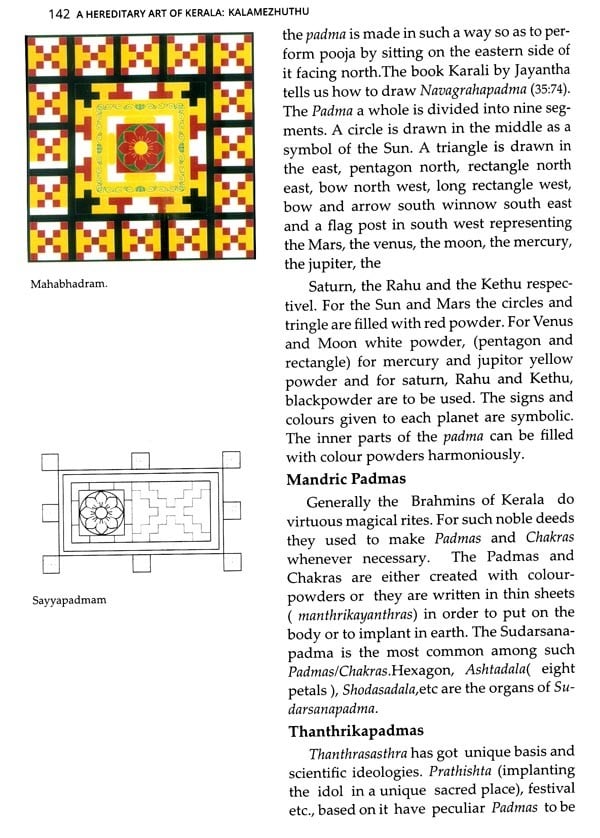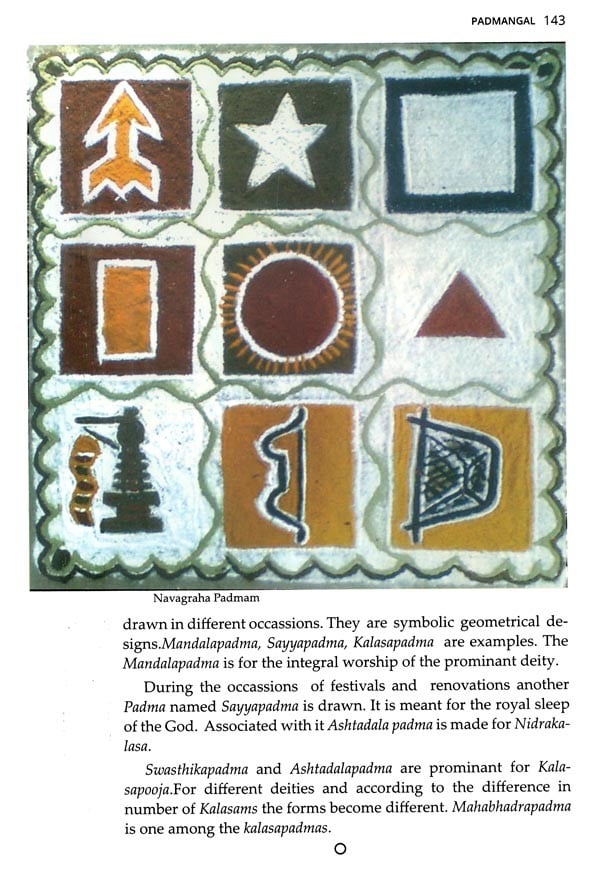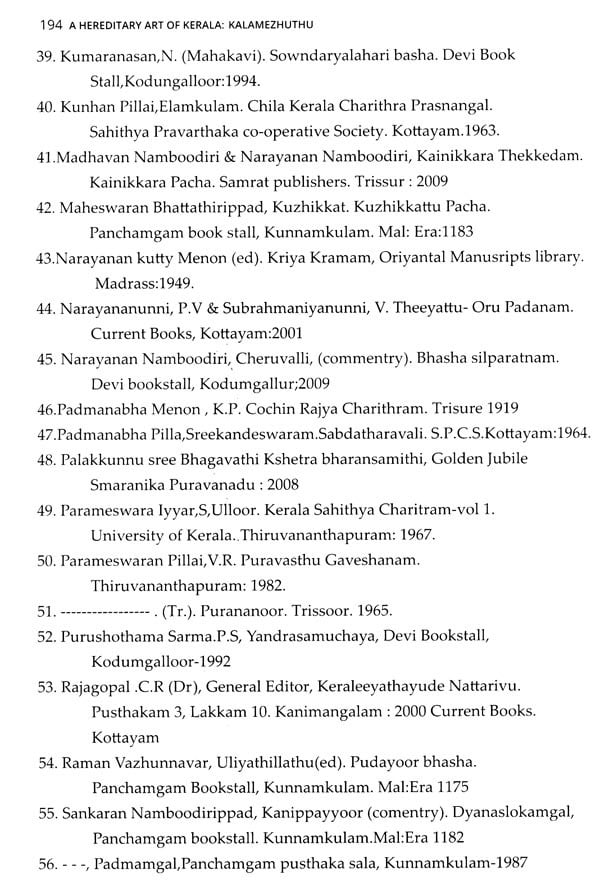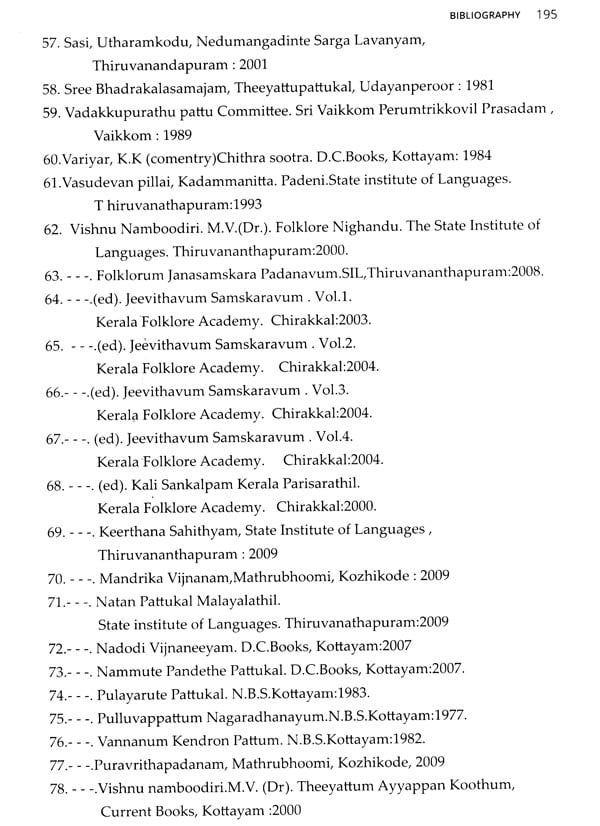About the Book Kalams are the picturisation of de ities on the ground with different colour powders. They have a con nection with rituals, myths, beliefs, etc. in the ritualistic milieu of Kera la history. This survey encapsulates the concept and practice of Kala mezhuthu as a hereditary art. Dr. M.V. Vishnu Namboodiri has immensely contribut ed to the folklore studies of Kerala. He obtained Kerala Sahitya Academy award for the book 'Folklore Nighan du' in 1992. In 1998 he got Pattathana Award for folk lore studies. Moreover he was awarded by Kerala Folk lore Aca.
About the Author Dr. M.V. Vish Namboodiri has immensely contribut ed to the folklore studies of Kerala. He obtained Kerala Sahitya Academy award for the book Folklore Nighan du' in 1992. In 1998 he got Pattathana Award for folk love stadies. Moreover he was awarded by Kerala Folk love Academy for the contribution in the field of folklore research and published works in 1999 and PK Kalan Memorial Award by Kerala Govt. in 2009, Award from Kerala Sangeetha Nadaka Academy for Reserch works of Folk Arts (2008), P.K.Parameswaran Nair trust(S. Gup than Nair Memorial) Award 2011, Kadathanattu Udaya varma Raja Award 2012, Award from the Study center for kalamezhuthu, Kattukambaal-Trissure 2014, Vijnana Peeda Puraskaram from Sree Sankara trust cultural study centre, Perumbavoor-2014, Bio-diversity Award (for conservatar of traditional knowledge) from Kerala state Bio divesity Bord 2014, Abudhabi Sakthi Award, 2016, Senier felloship from cultural department, India. He was the Former Chairman of Kerala folklore acade my. Dr. Vishnu Namboodiri has written and published 65 books in the field of folklore study. He passed away on 9th March 2019.
Introduction In the primitive societies life and aesthetic work were indi visible. A system of life and experiences of people develop art,music and literary life of a society.Civilisation is an endless flow. It flows down complementary to life. The good from the past reaches the present without losing its gist Most of them are helpful to the present generation. The survival of the primitive art enriches the present. We divide it as art, lit erature,music etc., for our convenience. For the common people all these are part of life. Art and architecture can reflect the life and culture of a generation. The history of social science and folklore is one and the same of cultural history.
1-1 Silp
For the aesthetic sense of human beings paints, flowers and colour powders are as well important as stone,wood,metal etc. Forms of art made from these materials are called 'Silpa". The word 'Silpa' connects in meaning with 'beauty'. The art ists of Kerala were proficient in variety of 'Silpa' and graph ic art like Marthika silpa' Avasasila, Soudhasilpa, Vainavasil pa. Thrinadisilpa, Varnakasilpa, Charmasilpa, Thantavasilpa and Dhoolisilpa (50:31).
Portraits made of clay belong to Marthikasilpa.Art form made of metals are Ayasasilpa Architecture which includes the construction of houses is 'Soudhasilpa'.
**Contents and Sample Pages**
